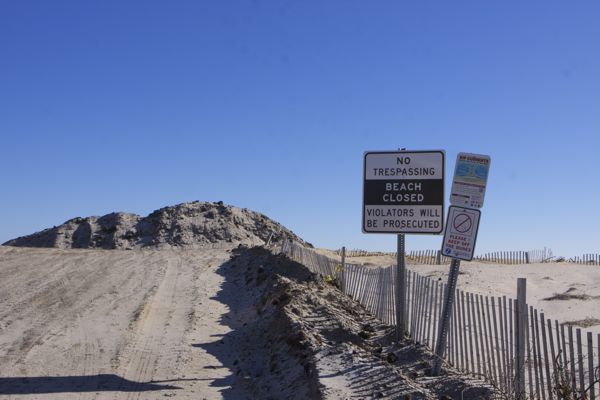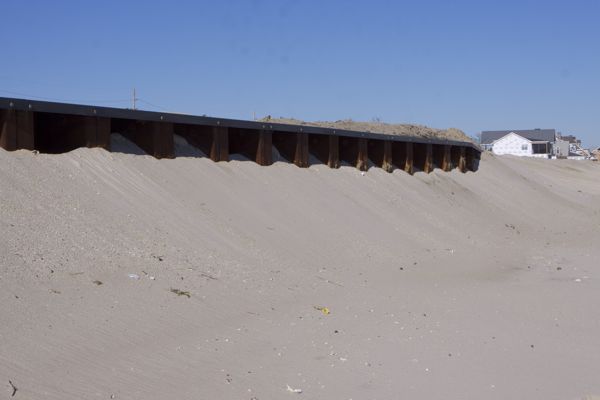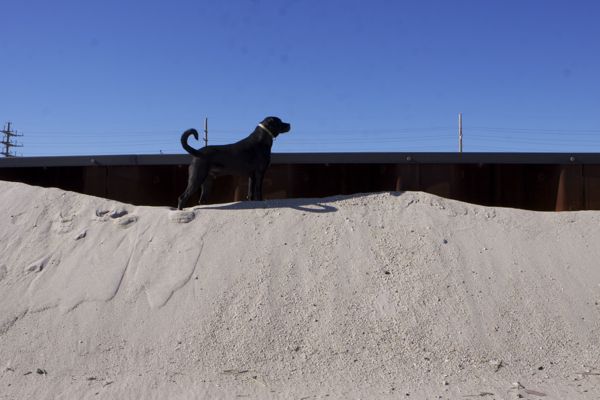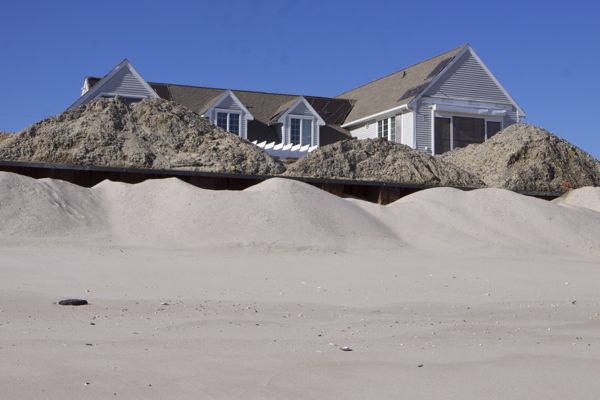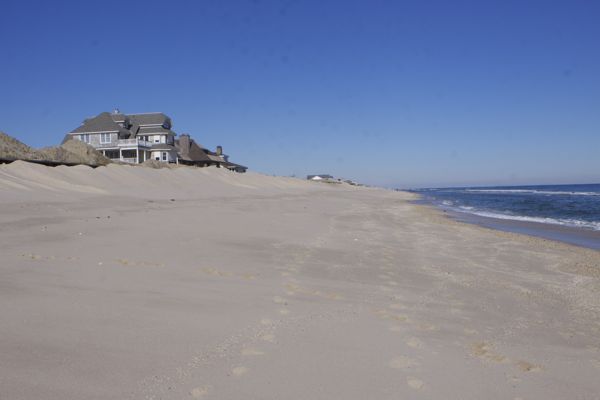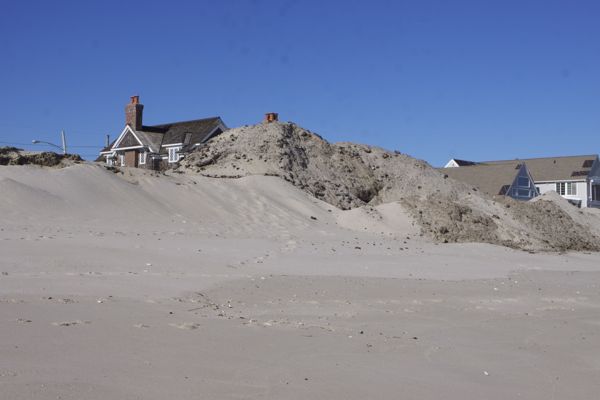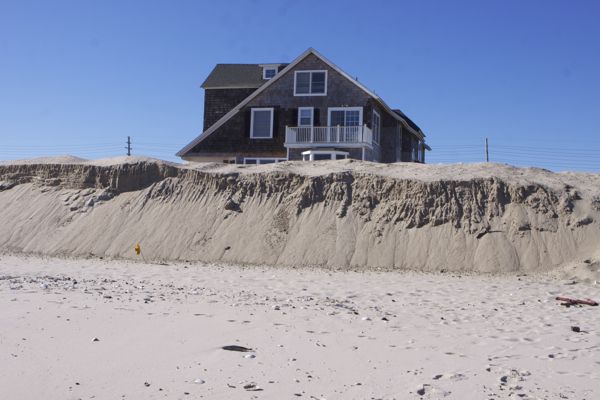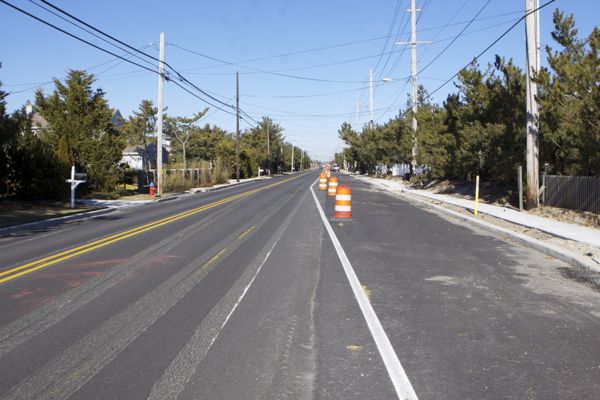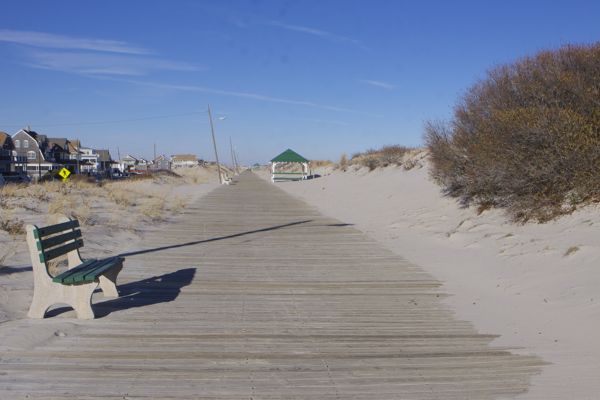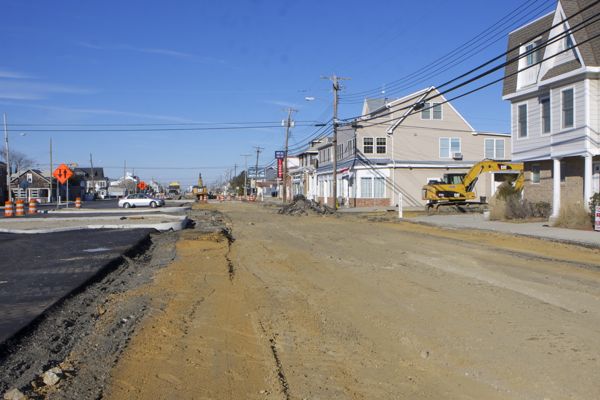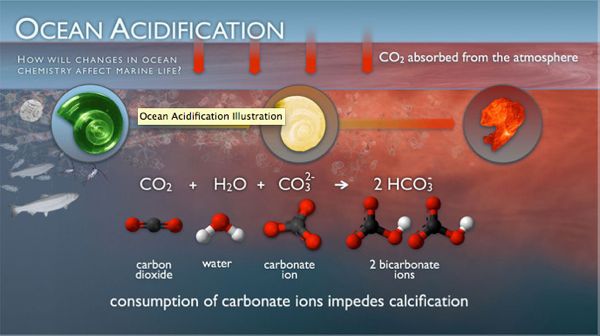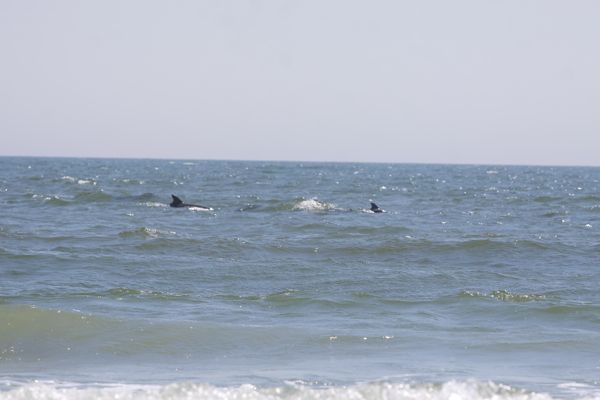Legislative Ethics Committee Dismisses Complaint for Lack of Probable Cause
Decision Based On Seriously Flawed Analysis
There Are No Limits on Undue Political Influence on Independent Agencies
No consideration given to government integrity
Another step towards corporate purchase of democracy & government
“When you use a public office, pretty shamelessly, to vouch for a private party with substantial financial interest without the disclosure of the true authorship, that is a dangerous practice,” said David B. Frohnmayer, a Republican who served a decade as attorney general in Oregon. “The puppeteer behind the stage is pulling strings, and you can’t see. I don’t like that. And when it is exposed, it makes you feel used.” ~~~ Energy Firms in Secretive Alliance With Attorneys General (NY Times, 12/7/14)
[Update below]
Government by organized money is just as dangerous as government by organized mob. ~~~ FDR 1936, listen
The NJ Joint Legislative Committee on Ethical Standards yesterday dismissed a complaint against south jersey Assemblyman Fiocchi, finding lack of probable cause of an ethics violation. The complaint was filed by Georgina Shanley and 5 others – including myself.
The decision essentially means that unless a Legislator is taking brown bags of cash, that there are no effective limits on undue corporate power and political influence on government decisions. (Read Assemblyman Van Pelt’s indictment).
I was stunned by the failure of the Committee to consider the core issue. My reaction was well understood and expressed in the Press of Atlantic City story:
“I’m frustrated by the fact they failed to consider the essence of our complaint, whether a legislator exerted undue political pressure on the decision of the Pinelands Commission, thereby undermining the Pinelands Commission,” said Bill Wolfe, of Bordentown, who testified before the committee on behalf of the complainants. …
Fiocchi’s letter was misguided and misleading for many reasons, said Wolfe, calling the correspondence “intervention not based on the merits of the case.”
“Not only was it not on the merits, but it urged consideration of extraneous factors that the Pinelands Commission could not, by law, consider: energy, productivity (sic), jobs and economic growth,” said Wolfe, director of the state chapter of Public Employees for Environmental Responsibility (PEER). “Those are not factors upon which the Pinelands Commission can base a decision.”
Fiocchi’s act of asking the body to consider issues outside its jurisdiction, Wolfe said, created a “bizarre situation where the assemblyman was urging the Pinelands Commission to break the law.”
[*Assemblyman Fiocchi has the hypocritical gall to claim he fights against “special interests” – read the Star Ledger story:
Environmental advocate Bill Wolfe, another complainant, argued that the Pinelands Commission’s role is not to green light projects that create jobs or provide tax revenues, but to enforce the special environmental protections for the region. He claimed Fiocchi’s letter was effectively “urging the Commission to violate the law.”
The committee ultimately found no probable cause that Fiocchi had committed an ethics violation.
“The issue here is not just about clean, reliable, and affordable energy, it’s also about combatting red tape and fighting for the best outcome for my constituents,” the Assemblyman said. “I will continue to fight to create jobs and will stand up against special interests.”
I’ve written detailed posts about the issues involved (see this and this), so we will keep it very brief and simple today.
My summary testimony delivered yesterday can be heard (click on listen to prior proceeding) – it provides additional information, including a discussion of an excellent on topic Report by the Congressional Research Service:
Basically, the complaint alleged that Fiocchi 1) violated the public trust by manufacturing a faux grass roots campaign in support of the South Jersey Gas Corporation’s proposed pipeline to support the re-powering of the BL England plant and 2) violated an explicit prohibition on legislators contacting regulatory agency heads during their reviews of pending cases, thereby undermining the integrity of the Pinelands Commission review process and creating a reasonable appearance that the public trust had been violated (see Legislative Code of Ethics).
The NJ ethics law is very clear in flat out prohibiting legislators from making contact with either an Administrative Law Judges or a State “agency head” during the hearing of a “contested case”:
52:13D-16. Certain representations, prohibited; exceptions
b. ….. Nothing contained herein shall authorize contact with State agencies by members of the Legislature or their employees which is otherwise prohibited by the criminal law, this act or the Code of Ethics and nothing contained herein shall authorize contact with an administrative law judge or agency head during the hearing of a contested case.
The objectives of the law are to assure the integrity of government decisions and shield decision-makers – whether Administrative Law Judges or heads of Agencies like DEP – from political pressures that might create bias, undue influence, or consideration of extraneous factors, that could taint what are supposed to be objective and independent decisions.
The prohibition of contacts between politicians and government decision-makers is designed to avoid creating the appearance that politics, not facts and law, influence government decisions.
It is a vital safeguard to preserve public trust and confidence in government.
The Committee ignored all that yesterday.
Here is the 1996 law that bars legislators from contact with ALJ or state agency head. It was sponsored by former Senator Schluter (R), a leader on ethics and good government.
I just phoned and talked with Senator Schluter, a man I respect, to discuss the origins of his bill, but unfortunately he could not recall the legislation.
Here are the legislative statements from both Houses (see this and this). Note that they explicitly mention and focus on state agencies.
The reason I provide the original law and legislative statements is because the Committee found that the law did not apply and was intended only to apply to administrative law judges, not state agency heads.
Mr. Willson, the legal Counsel to the Ethics Committee, found that this prohibition on contacting AJJ’s and State agency heads did not apply because:
1) the South Jersey Gas Co. pipeline matter was not a “contested case” before the Pinelands Commission;
2) the South Jersey Gas Co. pipeline matter was not pending before the Pinelands Commission at the time Fiocchi intervened; and
3) even it it were a contested pending before the Pinelands Commission, the legislative intent of the law was limited to prohibiting contact with only an Administrative Law Judge (ALJ), not an “agency head” of the Pinelands Commission.
Mr. Willson was dead wrong on all conclusions – I’ll take them one by one:
1) contested case
To reach the conclusion that the SJG pipeline mater was not a “contested case”, Mr. Willson relied on an assistant’s phone call to the Pinelands Commission Counsel, Ms. Roth. Ms. Roth has credibility and competence issues, and is an interested party in a legal proceeding and therefore should not be relied on.
Roth dodged the issue and apparently did not address the status of the SJG application, but instead claimed that the MOA with BPU was a purely discretionary act of the Commission that was not deemed to be a “contested case”.
This “exclusive discretion” argument is the AG legal theory to defend the Pinelands Commission from the SJG lawsuit. That legal theory was cast in doubt by the Appellate court already.
It has nothing to do with whether the SJG application is legally considered a “contested case” and it fails to distinguish between the BPU MOA and the underlying SJG application for Pinelands Commisison approval
Furthermore, Mr. Willson was professionally negligent to rely on a phone call to support a legal conclusion of this significance. Issues such as this must be reduced to writing. Where is the AG’s opinion supporting these claims?
2) Not pending
To support the conclusion that the SJG matter was not pending before the Commission at the time of Fiocchi’s intervention, Willson again relied on his assistant’s phone call to Ms. Roth.
Ms. Roth apparently claimed that the Attorney General concluded that the Pinelands Commission lost jurisdiction of the SJG matter when the SJG lawsuit was accepted by the Appellate Division.
Again, this conclusion fails to distinguish between the BPU MOA and the underlying SJG application for Pinelands Commission approval
Where is the AG’s opinion supporting these claims?
I would guess that South Jersey Gas Co. does not concur with this view. They have not withdrawn the application and have made numerous public statements, including in financial reports, that they are proceeding with the pipeline project and that it is still before the Pinelands Commission.
As I’ve noted, the current application could be considered under a different regulatory framework – i.e. SJG could abandon the MOA and seek a waiver. Or they could renegotiate a new MOA. Or the Appellate Court could remand the case back to the Commission for reconsideration.
In any of those scenarios, SJG could receive approval of the same application still pending before the Commission’s staff.
So, I find this all inconsistent with the conclusion that the SJG matter is not still pending before the Commission.
3) Legislative intent excludes State agency heads for prohibition on contact
Mr. Willson’s most egregious legal error was to conclude that the black letter law, which clearly applied the prohibition on contact to state “agency heads”, was simply not applicable based on his research on legislative intent!
That is why I provided the text of the original law and the legislative statements. Both the text of the statute and the legislative statements clearly explicitly mention State agencies.
It is beyond incompetence in legal research to erase an entire category from black letter law (i.e. State agency heads) based on “legislative intent”.
Perhaps worse, by concluding that the intent was limited to prohibiting contact with Administrative law Judges only, Mr. Willson even the legislative intent research wrong.
Besides, Willson’s conclusion is absurd, given the relationship between an ALJ and State Agency head.
Under NJ law, the State agency head makes the final decision in any “contested case”. An ALJ conducts a hearing and issues an opinion in a contested case The State Agency head can agree with it or over-rule it. If it is wrong for a Legislator to contact the ALJ, is is just as wrong to contact the Agency head.
We will tee up another case that will more precisely test exactly this prohibition on legislators contacting State agency heads during the pendency of a contested case.,
We urge all our DEP readers to give us examples of documented contacts (letters, meetings, phone calls, etc) between a legislator and DEP Commissioner Martin regarding specific DEP approvals pending at the time of that contact.
I am sure there are many examples. Have at it folks!
[Ironic update – the Legislative Committee failed to understand what the Supreme Court clearly did:
“Because such events raise questions about the integrity of judges and the Judiciary as a whole, they should not take place,” the court said in a unanimous opinion.
By socializing in public with a defendant who awaited trial on criminal charges, in the very courthouse in which one of the Respondents served as a criminal judge, both Judges in this matter reasonably called into question their impartiality and weakened the public’s confidence in the judicial system,” the court said. ~~~~ end update
